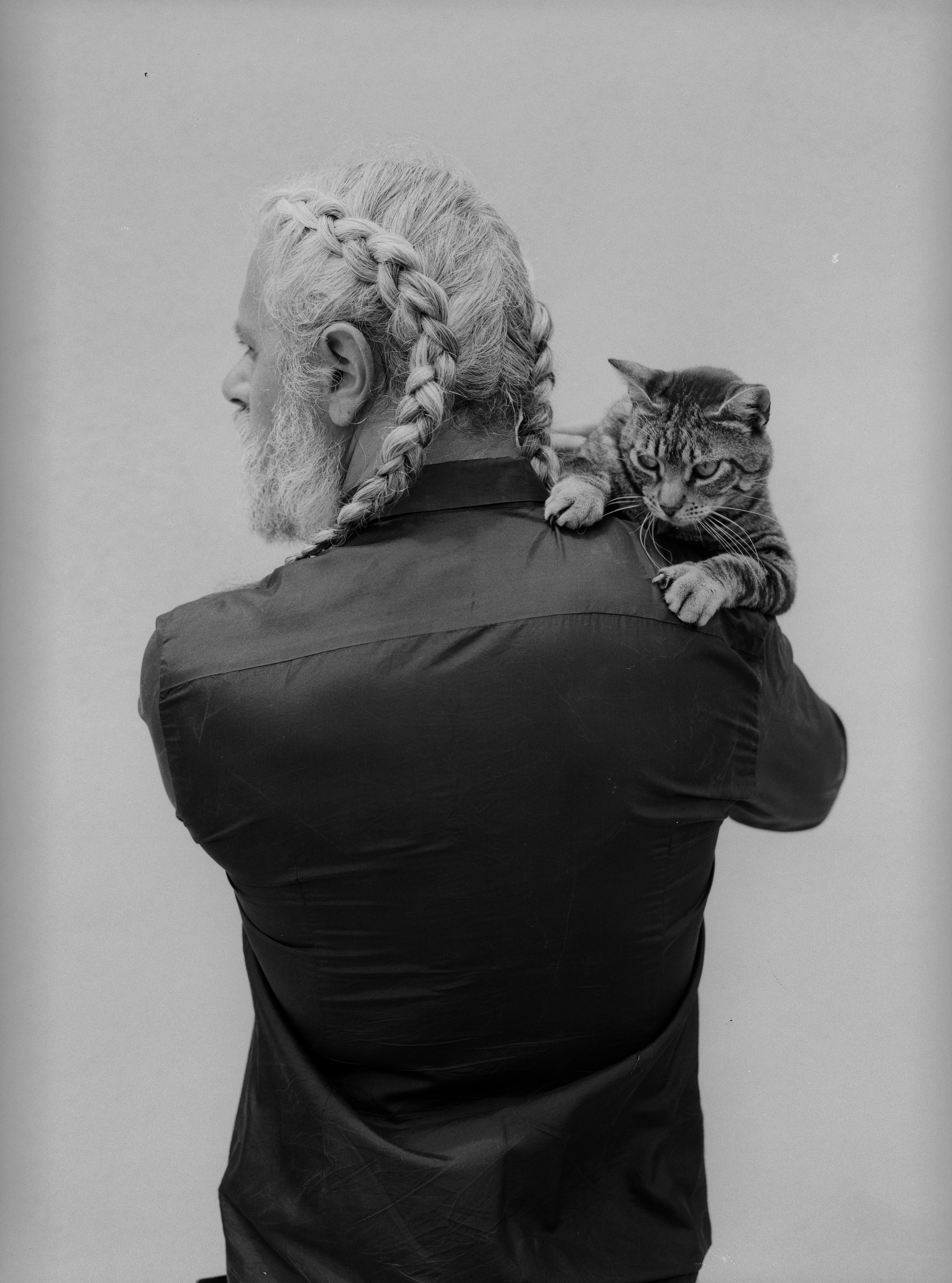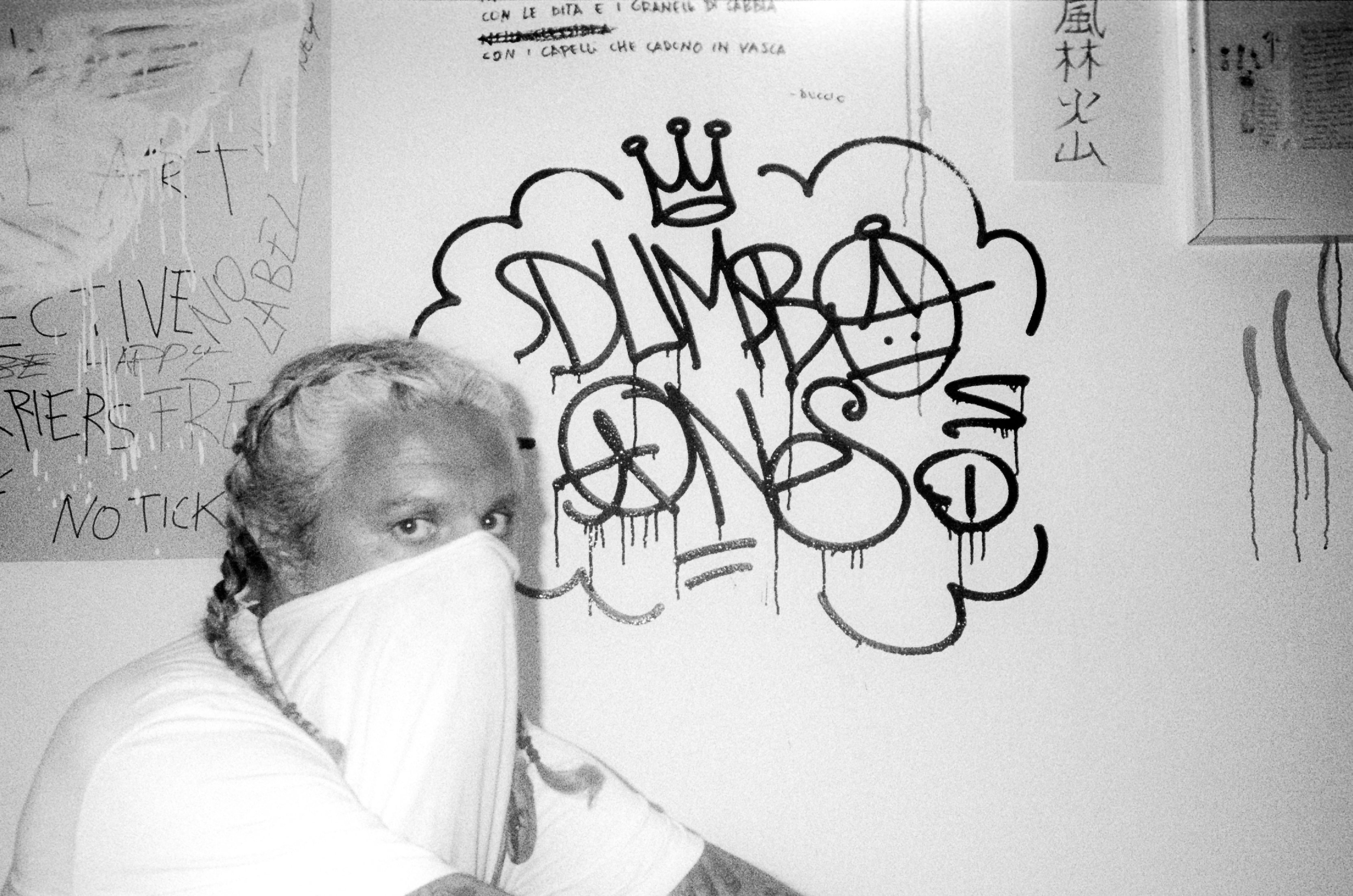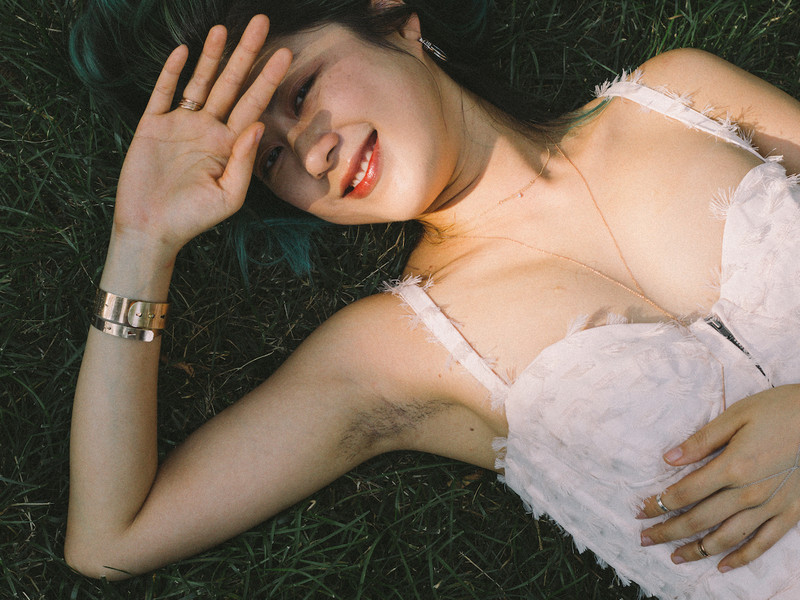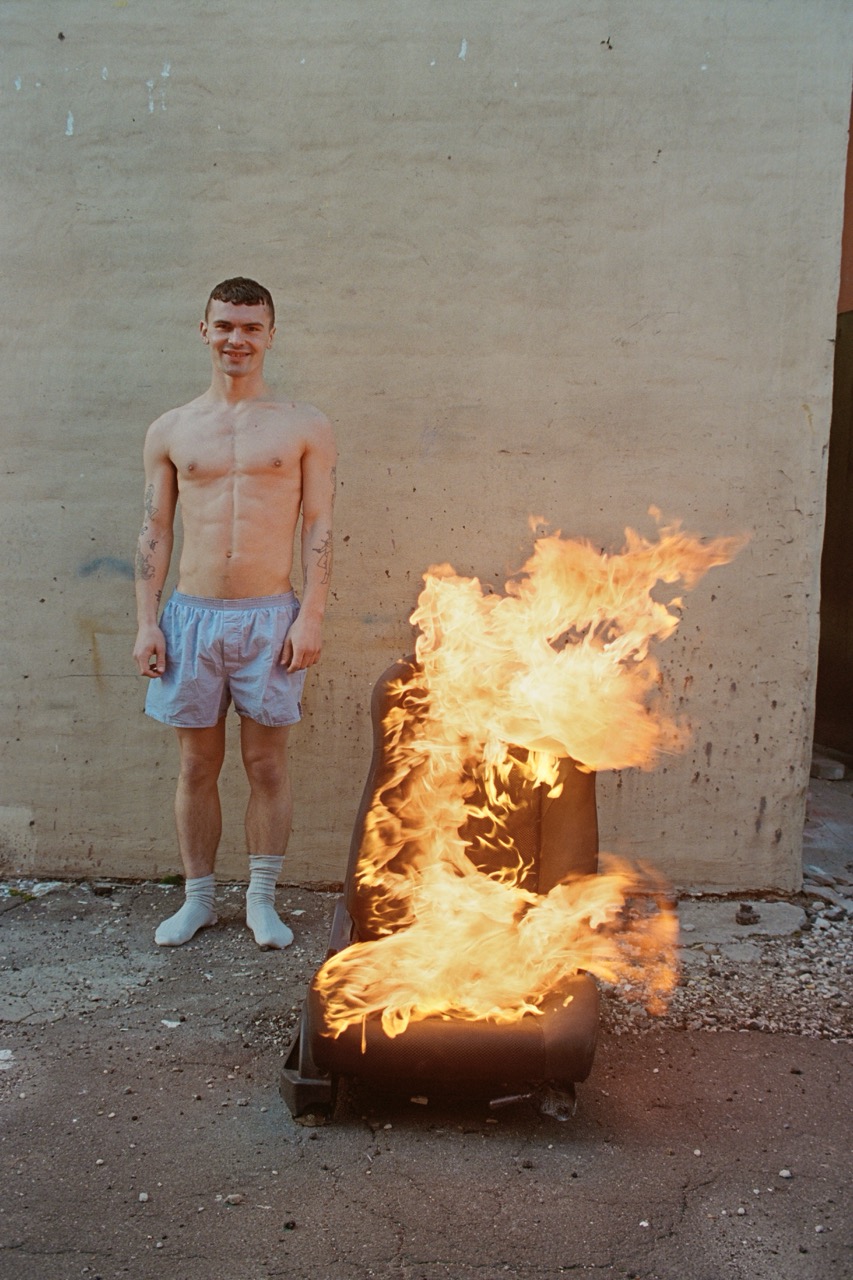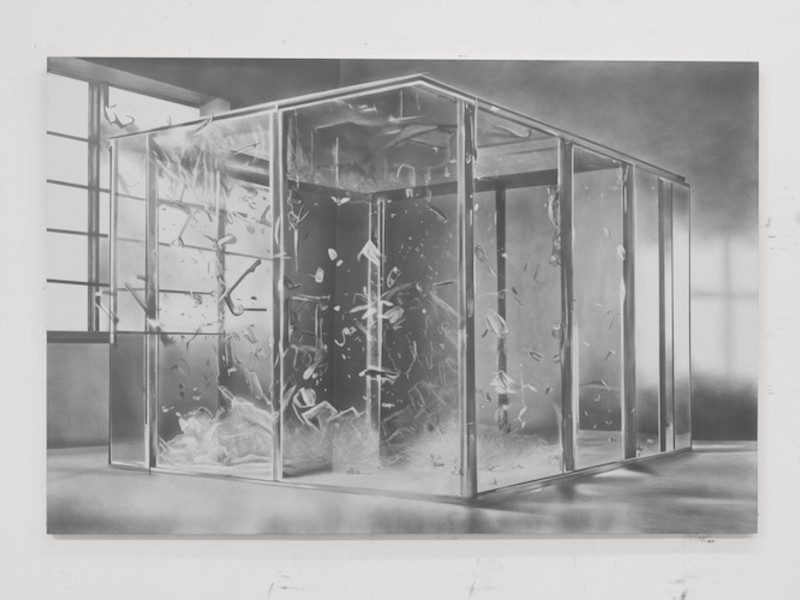Artists and the Internet

How does technology influence your practice?
Matt Hansel I choose to create my work in this very humanistic and traditional way, which is painting by hand. But all of my images are sourced from the Internet— I make digital collages first, spending a lot of time warping and manipulating. So although the painting portion is an antiquated process, the way that I find and develop what I’m going to paint is all based in the digital world.
Tell me about the work that was chosen to be featured.
MH I’m working a lot with 17th Century vanitas imagery, Dutch still-life. Those paintings remind the viewer that life is short and that everything comes to an end. They remind us of the excesses of life and to take stalk of yourself. I think artists make art to have something that lives on after they’re gone. They make these objects so that people will care about them and shepherd them forward through time.
So I tied in this idea with the idea of death, which looms over everyone — especially over artists while they’re working and thinking about their place in history. Then there’s this other side of making art, which is the absurdity of an artist to think that their work will achieve any kind of status. We dedicate our lives and make a lot of sacrifices to achieve this absurdist pursuit. That’s where the cartoon imagery comes from— the opposite side of death is sort of this playful nature. That’s sex and the two sides of the mask; yin and the yang or whatever it is. I like to play these ideas off of themselves in the paintings.


Tell me about your work and how it fits into this show.
Chris Dorland I’m definitely painting in a very technological way. And I like to focus on the network behind the illusion of our current reality. On some level we get to live these amazing lives where you can go into the bathroom and buy an airline ticket to wherever. We have access to these amazing tools. But there are also these other costs that we don’t get to totally see. There’s this undercover violence to the HD life we’re living and consuming. On some level it’s really shiny and beautiful and amazing, but it’s also ecologically disastrous and exploitative. There’s violence. You think of all of the horrible factories in China. You never really see all of it. In a way, that’s what my work is about — to make aesthetic objects that try to address that experience.
The dark side of technological progress. How has your work been received?
CD You could do a history of people thinking about painting and technology and it’d probably span back a fair amount of time — easily a decade, maybe two. But I think we’re in a moment that we’re really seeing it happen now. Audiences are more receptive to really engage with this type of work in a way that I think is super exciting and promising. It’s the right time for the work to be understood. Sometimes things are too early. It’s always great to be pioneering, but it’s always more fun when there’s an audience ready to receive it. I’m getting really positive responses to the work that I’m making. I make art from a communicative perspective and if I have an idea, it’s nice to feel like people get it and are engaged by it.


The exhibition, in full, additionally includes the art of Martin Basher, Michael Bell-Smith, Ry David Bradley, Anna Ostoya, Josh Reames, and Konrad Wyrebek.
See their work from show below.
The show will be on view at Sophia Contemporary in London through November 17th.































